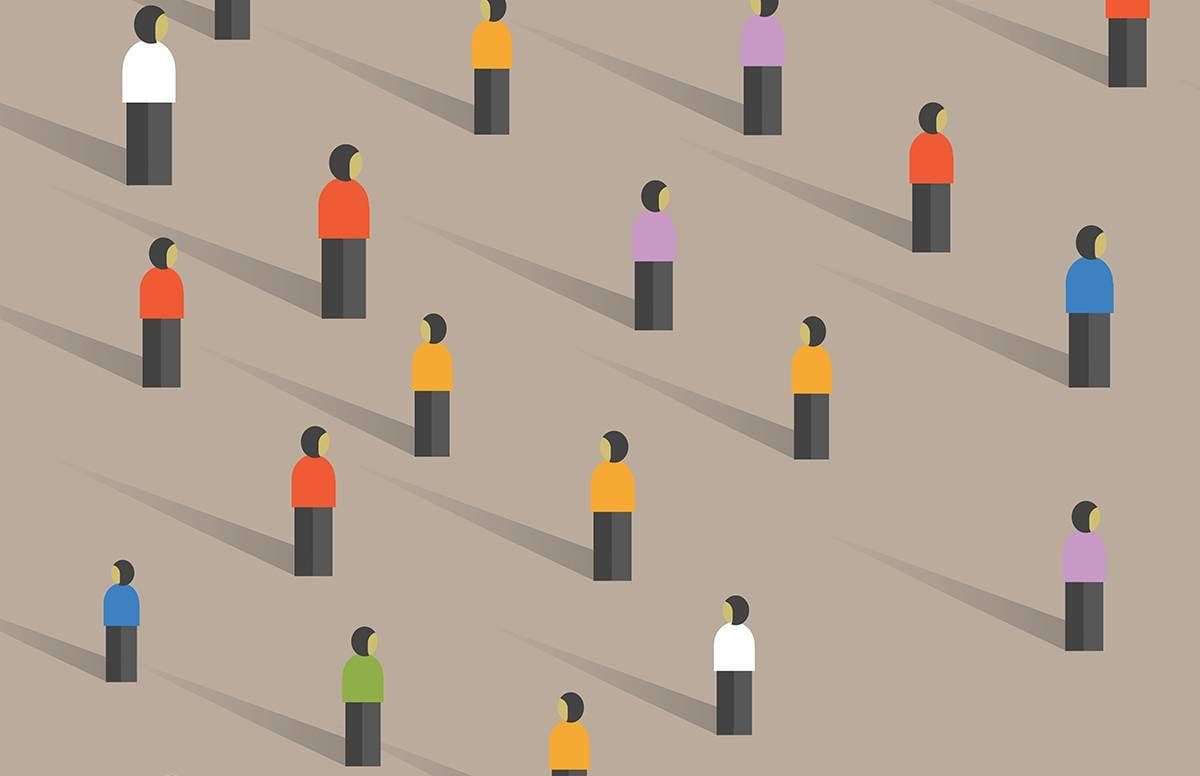Not Taking COVID-19 Seriously? Here’s Why You Should
Be on the right side of history
More than 100 million Americans in over a dozen states have been ordered to stay home due to the increasing spread and impact of the coronavirus. For the rest of the country, following the strongly-encouraged recommendations from the world’s leading health officials is still a choice.

When undesirable things like distancing, isolation and forgoing many of life’s pleasures is a choice, there are those who willingly take precautions — and there are those who won’t.
It’s easy to cast blame. There are older people, in all states of health, throwing caution to the wind. There are younger people going anti-establishment, refusing to heed advice of government officials. And there’s everything in between.
When you’re not careful, you’re putting others in your community at risk.
News fatigue is a universal experience during times of global unrest, especially when things change by the day, the hour, the minute. Headlines, newscasts, Facebook posts and press conferences can feel contradictory and confusing. Journalists are trying to make sense of massive waves of 24/7 information alongside everyone else.
Turning a blind eye to the news, to the Centers for Disease Control and Prevention (CDC), to your local government and to the federal government is not the answer. Here’s why:
This Is About Everyone
No one is practicing self-quarantine because it’s enjoyable. Everyone in the world would like to resume their routines and hug their families and friends.
Ignoring the conventional wisdom of this pandemic because you’re not in a high-risk category or because you’re not afraid of getting sick is not a valid excuse. The behaviors of just one individual can have massive effects.
The most vulnerable people in communities — people with underlying lung or heart conditions, people who are immunocompromised, people over 65, people experiencing homelessness — can contract COVID-19 from people who are unknowingly carrying the virus asymptomatically and become seriously ill. Unfortunately, it’s that simple.
When you’re not careful, you’re putting others in your community at risk. This isn’t just about one’s personal health and well-being. It’s about everyone.
Our Commitment to Covering the Coronavirus
We are committed to reliable reporting on the risks of the coronavirus and steps you can take to benefit you, your loved ones and others in your community. Read Next Avenue's Coronavirus Coverage.
So the U.S. Health System Can Keep Up
In Italy, the coronavirus overloaded hospitals quickly — leaving doctors to face nightmarish ethical quandaries about who receives the limited number of lifesaving respirators.
If the U.S. begins to see rates of infection like what has happened in Italy, which is within the realm of possibility, health officials say our nation will face a similar fate: too many sick people and not enough hospital beds.
And, lest we forget, we need hospital beds for other purposes, too — newborns and their parents, cancer patients, those suffering traumatic injuries and more.
Flattening the Curve — Not Just Buzz Words
Without consistent efforts to slow the spread of COVID-19, this crisis could continue for months.
You’ve likely heard the phrase “flattening the curve” or seen the chart that demonstrates a health care system’s capacity to care for coronavirus patients with protective measures vs. without protective measures.
Flattening the curve refers to slowing the rate of infections by yielding to those CDC and government advisories so hospitals have adequate room, supplies and medical professionals for all the patients who need care.
If the same large number of patients arrived at the hospital at a slower rate — the chart shows — the health care system would be more equipped to treat each patient. Thus, flattening the coronavirus curve.
Slowing this spread also buys health systems more time to prepare for what’s to come. That means figuring out where and how to get more supplies like personal protective equipment (masks and gloves) and enough ventilators to support the 10% of potential COVID-19 patients who will need help breathing to stay alive.
It cannot be understated that all of this starts at the individual level by preventing spread of the virus.
The Effect of Long-Term Social Isolation
The notion of “social distancing” has become foundational in the context of COVID-19. This is the public health practice of limiting close contact with others in large ways, like avoiding big gatherings, and in small ways, like maintaining distance from others (at least six feet, ideally).
While social distancing doesn’t — and really shouldn’t — mean we stay out of contact with one another, it certainly makes that more difficult. Many of us rely on the structures of work, school, fitness, volunteering, hobbies and religious or spiritual practices to connect with friends, family and people in our communities. Social distancing prohibits most of these activities from happening face-to-face. And for those without internet access or devices at home, the opportunity to imitate socializing virtually doesn’t exist.
This creates a huge and understated problem for America’s older populations, low-income households and people with housing insecurity, since long-term isolation can cause loneliness. That, in turn, can cause irreparable harm to our physical and mental health.
The sooner we abide by health officials’ pleas to stay safe and informed, the sooner the virus spread will slow and the sooner we can connect with one another again.
We can only get through this if we help each other. Be responsible. Stay at home.


